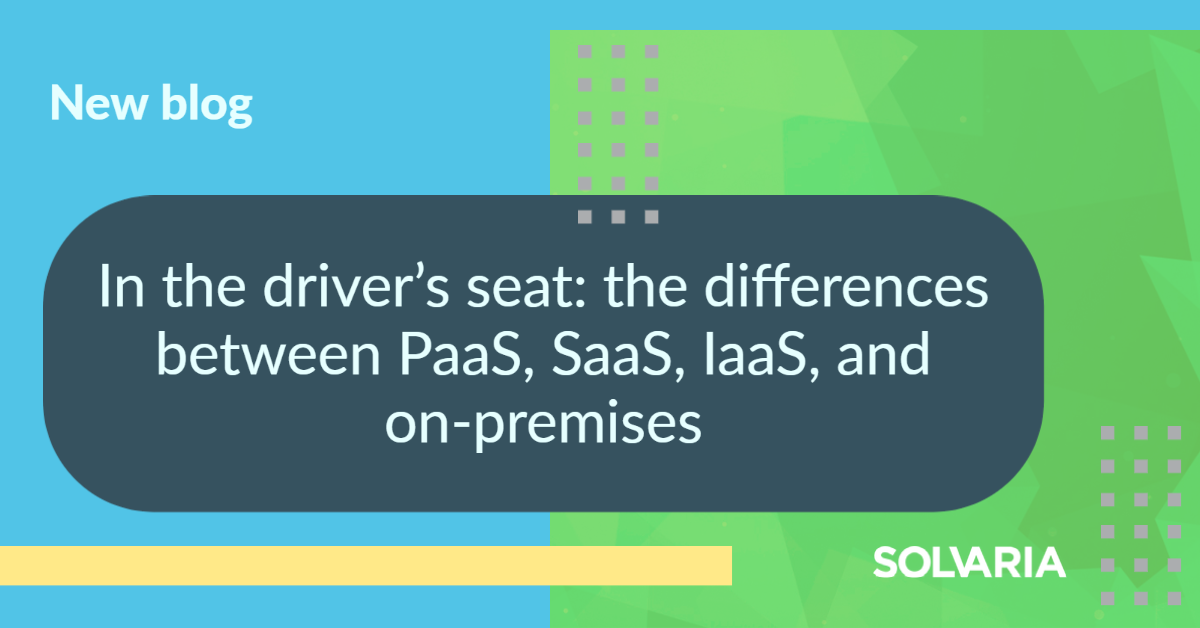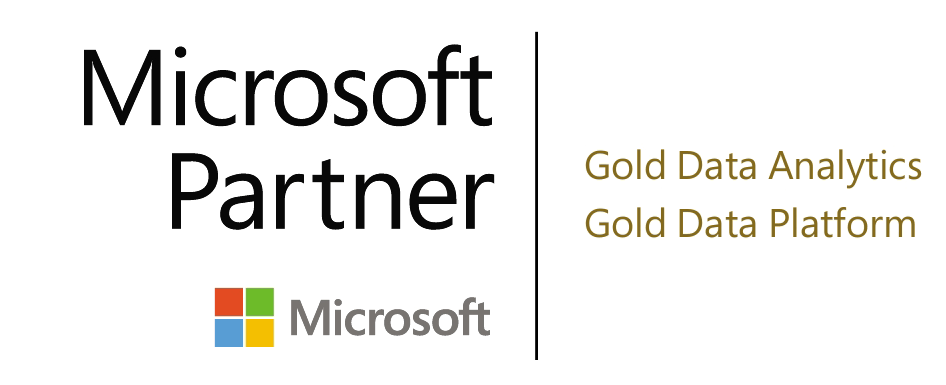Published on March 21, 2023 by Jennifer Leider
There are four categories in which your data can live – IaaS, PaaS, SaaS, and on premises. In each category you have different parameters around what you can “do.” Like a driver’s relationship with their car (owning, renting, leasing, or taking a cab), a DBA moves through different relationships with their database based on what type of server they choose.
On Premises
The analogy:
You buy a car. You pay for it as a whole and it’s now your responsibility to repair, maintain, and drive. You fill up your car with gas of your choice, swap out parts as you please, and are in full control of what you do with it. In 10-15 years, you’ll buy a new one.
You can switch from a Honda to a BMW, but you have to sell your old car and then purchase your new one. You can also go from renting or leasing a car to buying your own. You have to have the money up front. Maybe you want to upgrade your car because you want more power, or more space. Maybe you need a flatbed truck for your farm or a van for your carpool. Buying and selling are your full responsibility.
The real thing:
If you have an on-prem server, you own the physical hardware your company needs to run its databases. You purchase, maintain, repair, and use power, internet, hardware, servers, networking, etc. This option allows you to have the most active control over your data. You also have the most responsibility. If something malfunctions, it's your responsibility to put in both the work and the money to fix it.
You can change what hardware you use, but you have to sell what you have and then buy the new structures you want. Maybe you want more or less space in your database. Maybe you need your hardware to complete a different task, or want to save money.
IaaS – infrastructure as a service
The analogy:
You lease a car. You pay the one-time fee and take it home. You’re not the owner, it doesn’t belong to you, but you’re responsible for all maintenance and repairs. If you decide to switch from a Honda to a BMW, it’s easy to do. You don’t have to sell, you can just turn your car in and pick up the one you want in the lot.
Maybe you want to upgrade your car for kids – you want more room and stronger safety. But when they go off to college, you’re ready to trade in the minivan for a sports car. Making the switch is easier than if you were to own the car.
The real thing:
If you use infrastructure as a service, you’re “leasing” database infrastructure in the cloud. You don’t have to pay for on-premise hardware. There’s no cost to replace anything physical, which includes power and internet. But there’s a per-month cost for the server you get, and now you now need to pay people; DBAs, and people who manage, maintain, and replace hardware. You may not own the hardware or be in its proximity but it exists somewhere, and the people taking care of it need to be compensated.
You can’t choose what hardware is used, and you don’t own the infrastructure – physical or online. But you are in full control of how your database looks, acts, and functions. And it is still your full responsibility to take care of online repairs and issues.
PaaS – Platform as a service
The analogy
You rent a car. You’re not the owner but you’re still responsible for filling up the gas and driving it. You don’t need to buy it outright and it’s easy to send it back in and rent a different one. You are not in charge of maintenance or repairs, and it probably wouldn’t even be legal to make long-term changes to the car.
Maybe you’re in a temporary situation and don’t want the commitment of owning or leasing a car. Maybe you want to save money. Maybe you don’t know anything about cars and don’t feel comfortable having something you would have to service. Maybe you don’t have the time or space.
The real thing:
You pay for a database that’s already installed and ready to go – no servers. You’re not the owner and you’re not responsible for backups, patching, maintenance or repairs. You just start using what you’ve got.
If you need to scale up or down, you don’t need to wait to buy hardware – it takes about ten minutes and a few button clicks to make any systemic changes. If your company had an upcoming traffic increase, you could increase core CPU to as much as needed, then scale back down. Since there’s more automation and less work on your end, choosing what you want your database platform to do takes less time than with on premises or IaaS.
SaaS – Software as a service
The analogy:
You take a cab. You control where the car ends up but that’s the extent of your power. You don’t control the type of car or who’s driving it. You’re not responsible for maintenance, filling up gas, or even driving it. You just pay for the service and sit in the backseat.
The real thing:
You have no control over your database – you're just paying for it to exist. You don’t own the space, and there’s no servicing, maintenance, or even controlling what the platform does. Think of systems like Gmail or Office.
The Wrap Up
If you’re a DBA and your company is changing systems, don’t worry. Your job is still secure. Your job just shifts in function. You might go from patching work to optimization work. Bringing home the car analogy: you may not be servicing the car and changing out parts on a regular basis, but you’re still in charge of making sure the car runs smoothly. And you’re still responsible for being a good driver.
No service is better or worse than another – what you choose has to do with what you need. Do you have skilled DBAs? You might want more control over your database. Are you understaffed? You might want a more automated option. As you move from on-premises to SaaS, you lose control and flexibility. Do you need a specifically-run system with your own codes and processes? You need on-premises or IaaS for more control. Do you just need a space to hold information? You might be saving time, energy, and money with PaaS or SaaS. Consider cost, maintenance, manpower, skillsets, and flexibility needed in your work.
And yes, to toot our own horn – we're experts in every one of these services.



